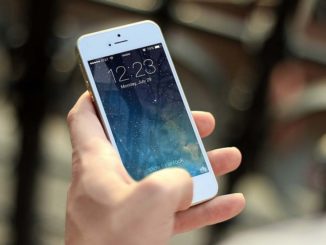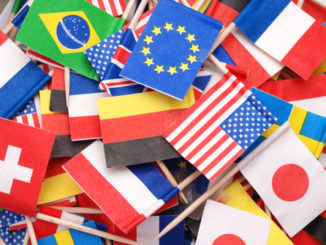
Die Mobile Marketing Association (MMA) hat 450 Mobile Marketing Kampagnen analysiert und hieraus ein „Mobile Creative Framework“ abgeleitet. Hierin wurden fünf Faktoren, „key benchmarks“, identifiziert, die über den Erfolg einer Kampagne entscheiden sollen. Da diese ein wenig „Marketing-verschwurbelt“ daher kommen, gleich hier im Original.
Spannender sind auf jeden Fall die Use Cases, die die MMA dafür untersucht hat. Unten dazu mehr.
1. The „Brand Activation Remote“
Mobile is the consumer’s remote control to activate engagement with your brand. Using mobile as a brand campaign unifier, bringing access, experience and commerce together, is an unbeatable combination to keep consumers constantly connected along the path to purchase. The unique opportunity here is for advertisers to use devices and campaigns to close the loop on prospects and leads, drive conversion, commerce and loyalty and bring brand experiences closest to their consumers.
2. There is no time like the present
It is said that timing is everything – and mobile brings that to life with the ability to engage and motivate consumers in the present moment and on their terms. From real-time shared experiences to native executions, location-based incentives and dynamic ad serving, mobile’s power is that it’s personal – (one or more phones per person, it’s a personal device); pervasive – (it’s with you all day, from first thing in am till last thing at night and at every opportunity for content, utility and transaction all day); and proximity (it’s always with you and marketers can use location as a predictor of human behavior).
3. Content rules
Across a number of the highly successful mobile campaigns, compelling content was at the heart. Marketers gave consumers unique, shareable and first access content, games, music, stories and collectables. The common thread among all of these was a desired and immersive set of interactions that put the consumer at the center of the brand story. In some cases, the mobile device was actually the unifier across all of a brand’s communication platforms, allowing consumers to move freely across and among a brand’s assets according to their requirements and on their own terms.
4. Enable bespoke consumer experiences
When consumers personally connect to some aspect of the brand and tailor that experience to their needs, preferences and tastes, everybody wins. Clearly, some brands are better able to customize than others, but again, results show that the ability to personalize brand communications with relevancy delivers a more meaningful response and depth of interaction. Brands can invite consumers in, make them feel heard and achieve significant impact when consumers can exert their preferences to create their own unique experience with your brand.
5. A toolkit to get things done!
Brands that can deploy tools on mobile devices that provide utility and save time can win in a big way. The big winners here used tools or calculators (some that learned what consumers liked), tech integrations that provide unique brand interactions or leveraged an ability to transact on the spot. All these enhance the consumer brand experience in a unique and useful way.
Weitaus interessanter sind da die auf der Webseite der MMA zusammen gefassten Use Cases, die sich teilweise auch aus den Gewinnern der „Smarties 2013“ rekrutieren, wie zum Beispiel das Shakespeare Theater in Chicago mit „Will and George Come to Life„.




Kommentar hinterlassen